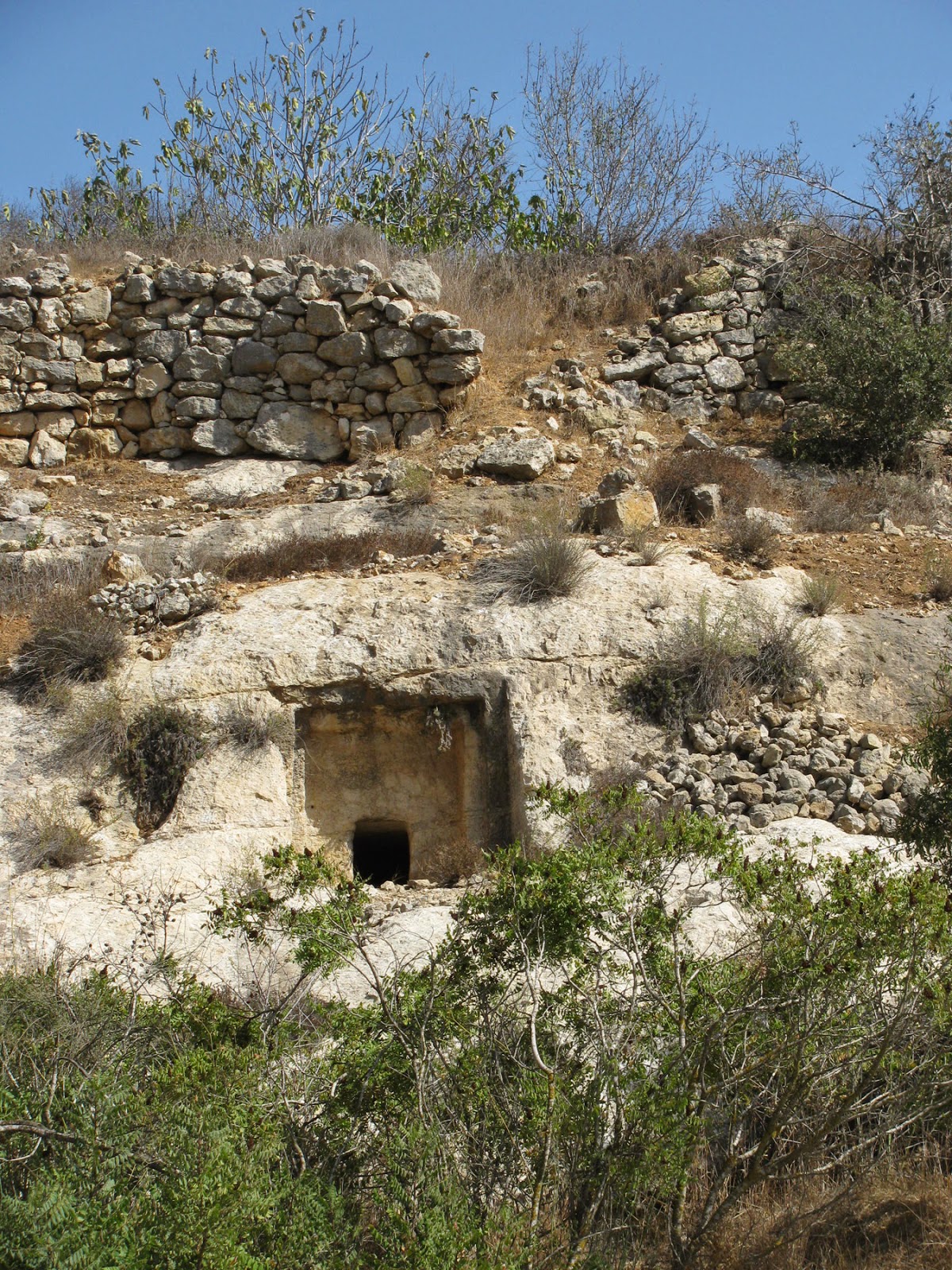Some time has passed since we celebrated the seven day holiday of Sukkot. We enjoyed a busy Chol Hamoed ("weekdays [of] the festival"), visiting some lovely places around the country and, even though my pictures were taken several weeks ago, it's never too late to show them here, right?
The kids are growing up and are already quite busy with their own lives. Once upon a time we would spend every day of the holiday together, but now they both go on an overnight tiyul (a hike, journey or trip) with their youth group, and they also had homework to do. There was still opportunity to find some fun things to do though, starting with a visit to the beautiful Soreq Stalactite Cave on Mount Yaela, in the Judean Hills.
We in fact weren't heading for the cave on the day we visited. We had planned to visit a nearby goat farm, which I had been told had great cheese, but when we got there we found it practically abandoned, though a return visit did allow us a glimpse of the goats and the not-so-friendly farmers. Luckily the stalactite and stalagmite cave was nearby and, though busy, we enjoyed a stroll through the 82 metre long cave, which was discovered quite by accident in 1968 by workers blasting at a nearby quarry. Though relatively small, the cave includes a vast number of stalactites and stalagmites of different types. Some of the stalactites hanging from the ceiling of the cave are up to four metres long, and in some cases they fuse with stalagmites growing from the floor. Though we had all visited the cave before, it still delighted us.

The Green Gallery in the fields of Arsuf Kedem is open 24 hours a day, all year round. I had spotted the artistic creations quite by chance on a previous visit to the area, but we did not have time to look on that occasion. This time Mister Handmade in Israel and I had time to wander between the large collection of environmental artworks made from natural materials and set in a wide area of open landscape. The materials used vary from earth, wood, bamboo, plants and tree branches, and agricultural waste, and speak about the human connection to nature. The Green Gallery hope their work will bring people closer to nature and provide them with spiritual oxygen.
Our hike to Ein Lavan, meaning "White Spring", was somewhat disappointing. We were ready to dip our toes into one of the two pools used for swimming at the nature reserve, and the kids were curious to experience the little critters living in the water nipping at their toes, but, when we got there, everything was as dry as a bone!
Ein Lavan is a spring located on the outskirts of Jerusalem, in the Judean Hills. It is named after the mountain range from which it emanates - the Lavan Range (which is called this due to its bright limestone. The meaning of Lavan is "white"). Ein Lavan is, supposedly, one of the largest springs in the area. Water flows, ahem, year-round, out of a cave with an arched stone entrance, and the site has significant religious and historical importance due to archaeological findings of Roman and Byzantine ruins.
Even though we were disappointed by the lack of water at the spring, our short hike there was lovely. From the road we could see many ancient burial caves and agricultural terraces and we enjoyed the view of the Judean Hills and the lush green hills of the Gilo Forest.Now, if anyone can tell me what time of the year there is water in the pools, we might even be willing to do the hike again...






































3 comments:
Even with the disappointments, it looks like you guys still had a great time! Caves are always a treat. It's like a whole other world. :) The sculptures are amazing!
Looks like a great time and you got some great photos. Love the goats! It's the animal lover in me.
the caves are great! those natural art creations are fantastic! never too late to share photos like these. :)
Post a Comment